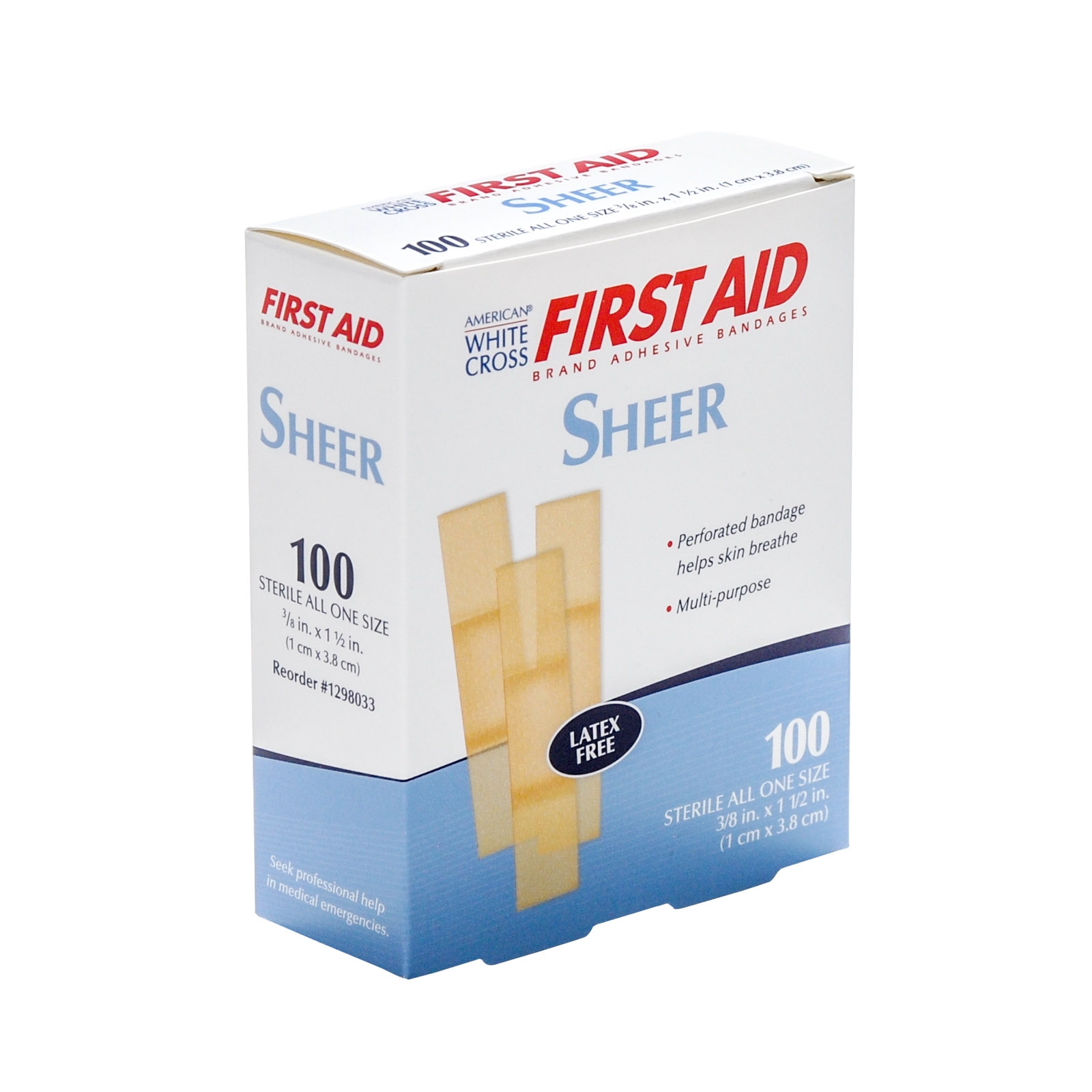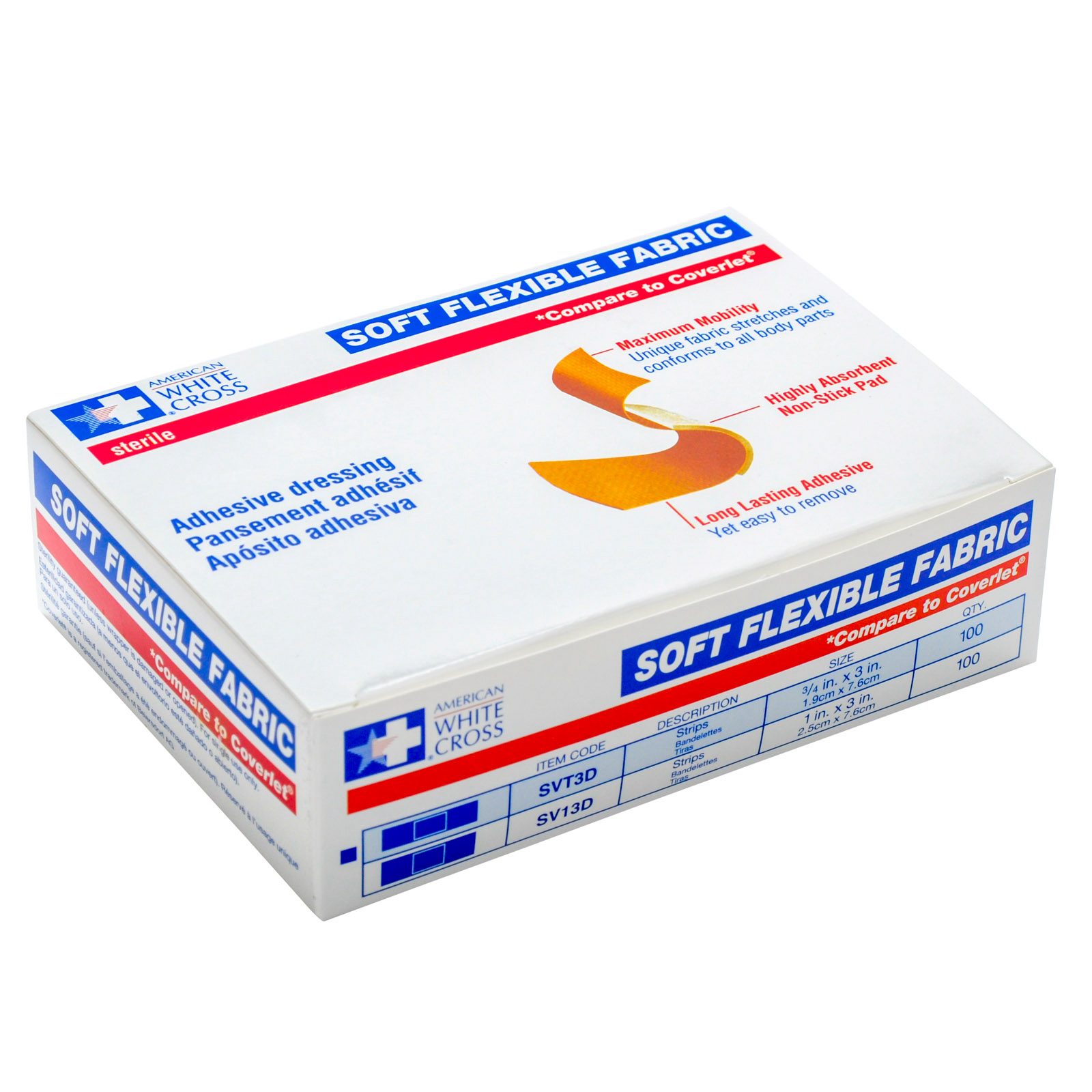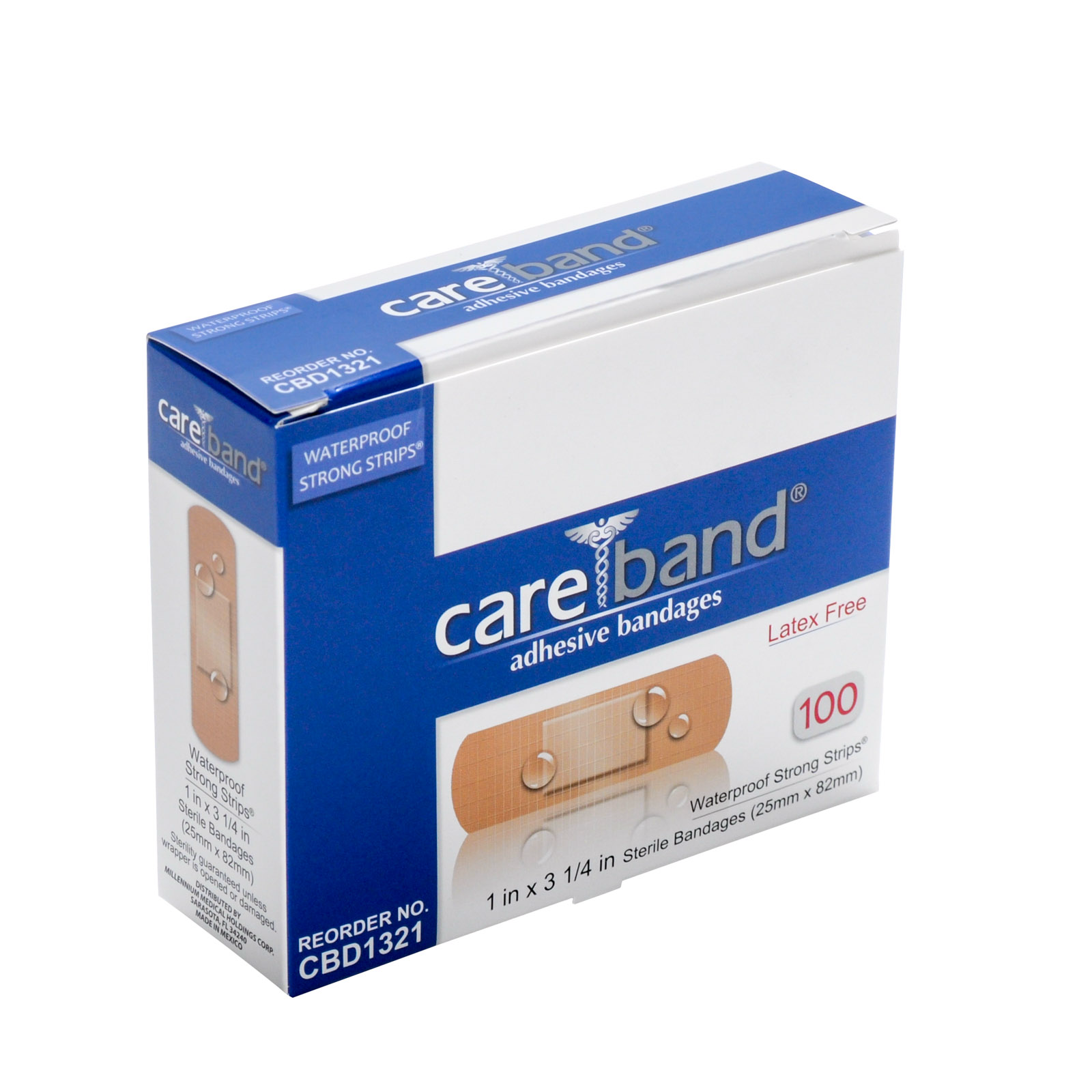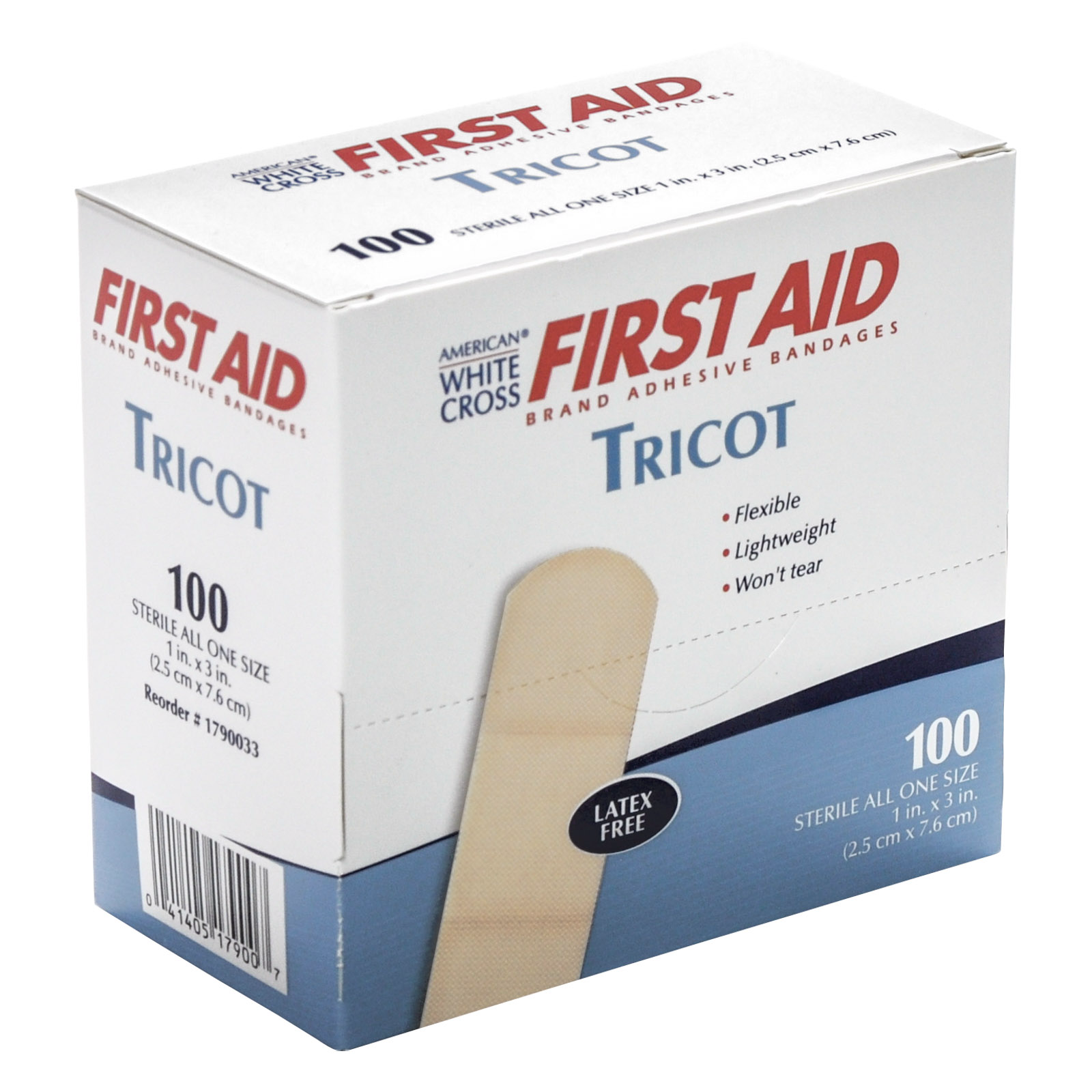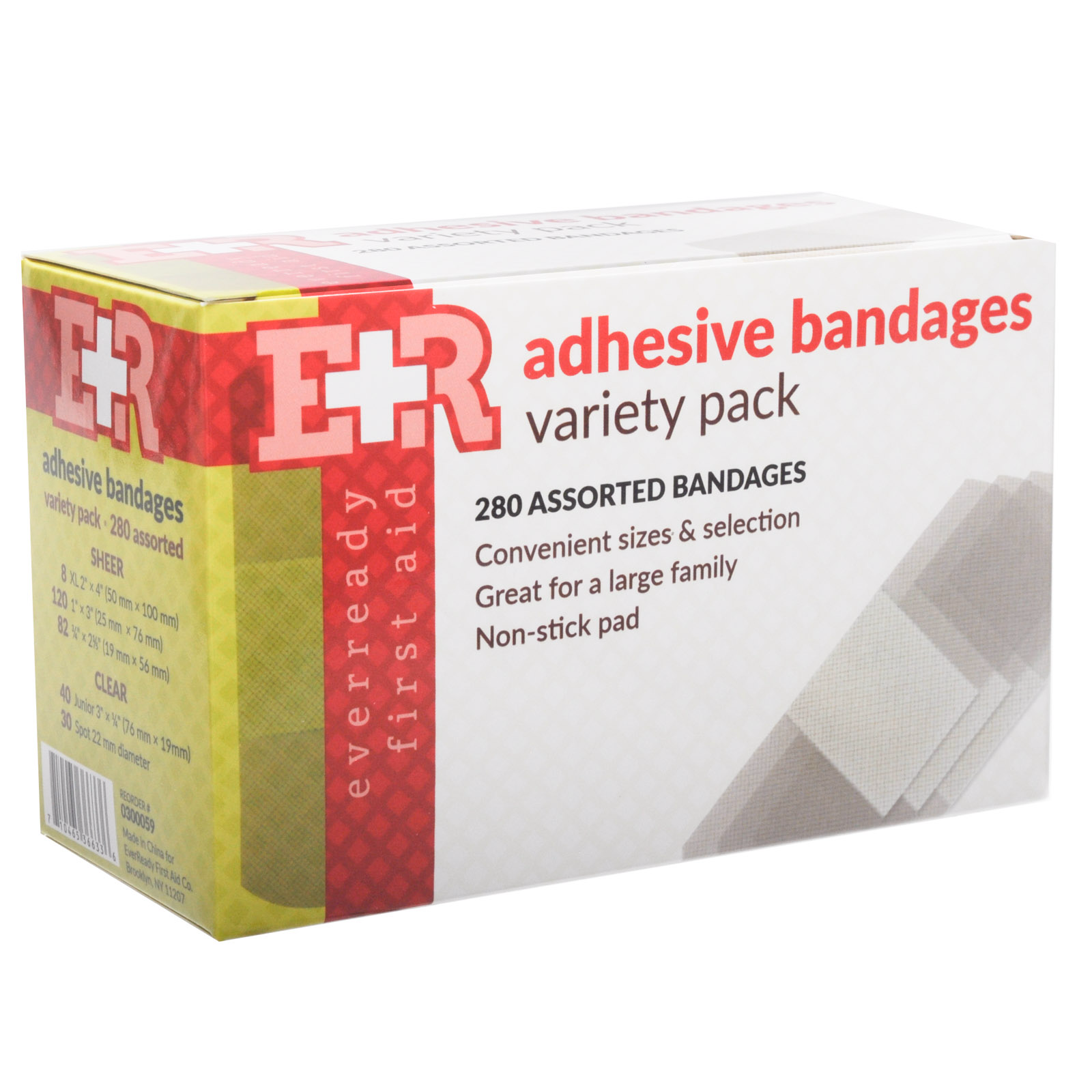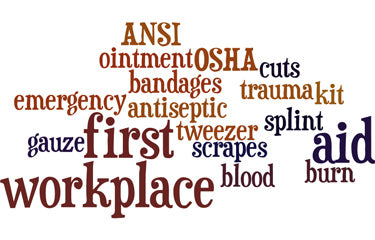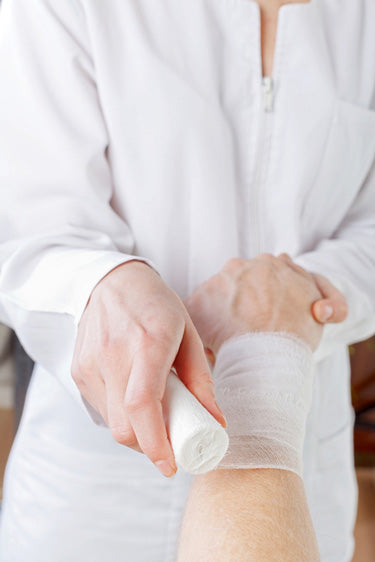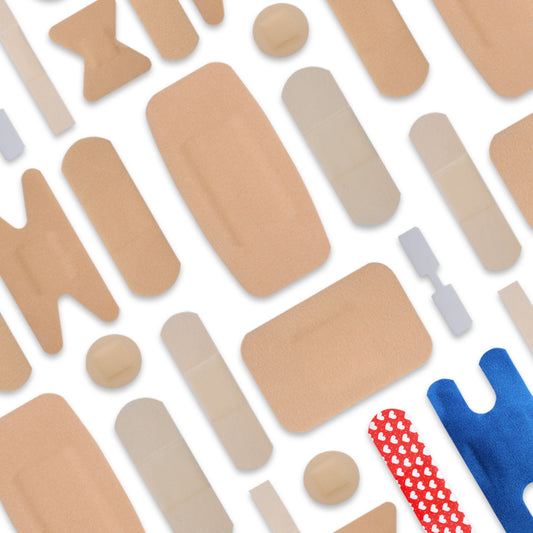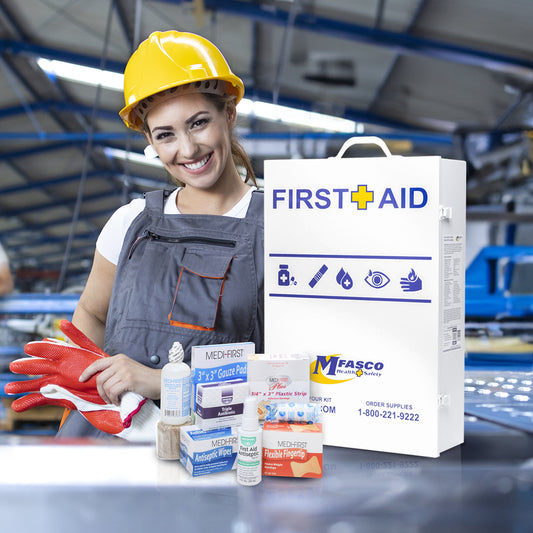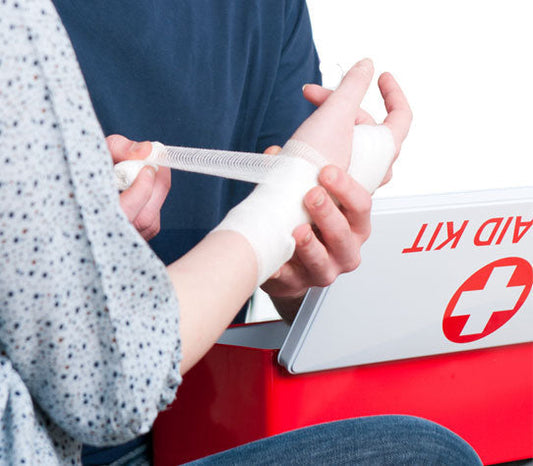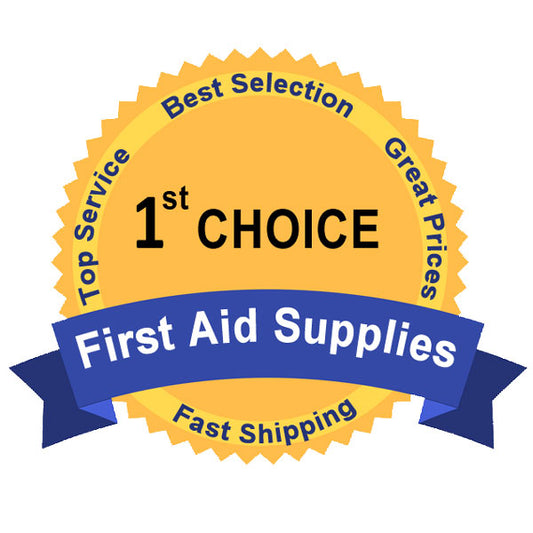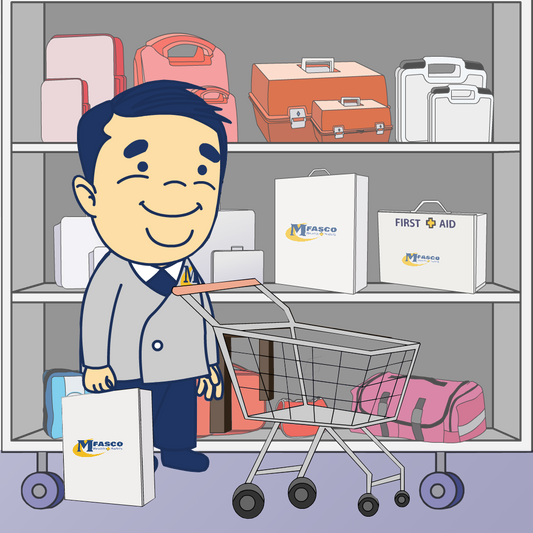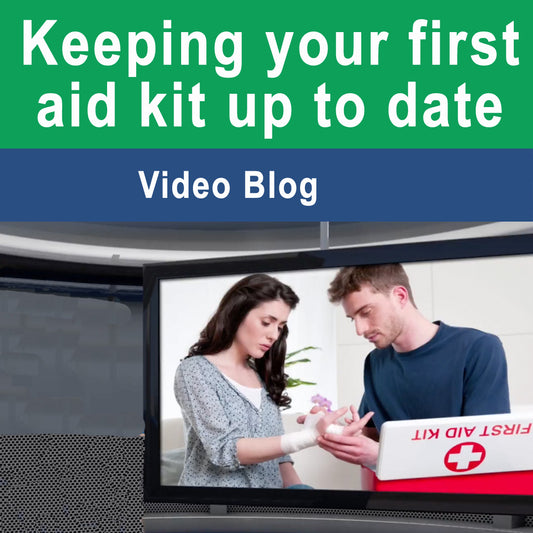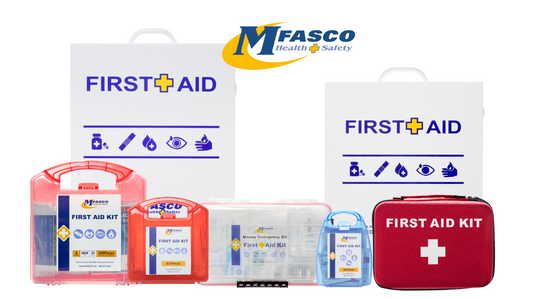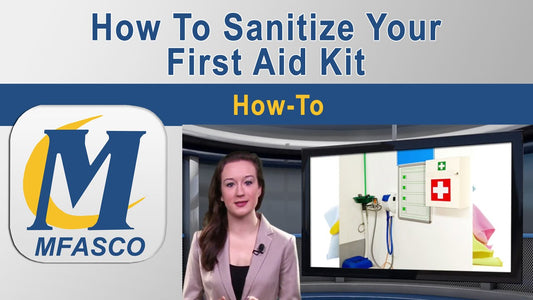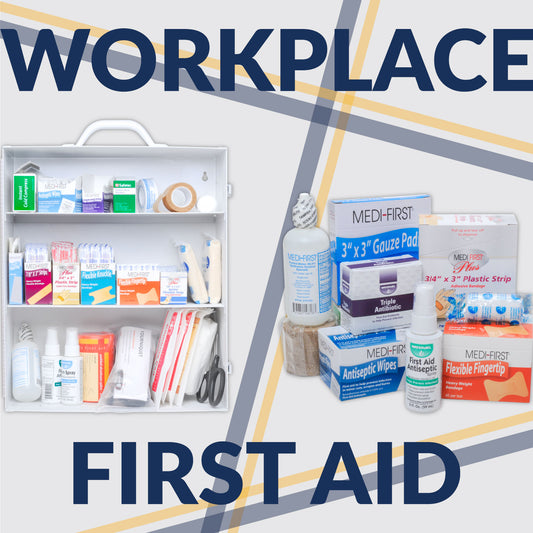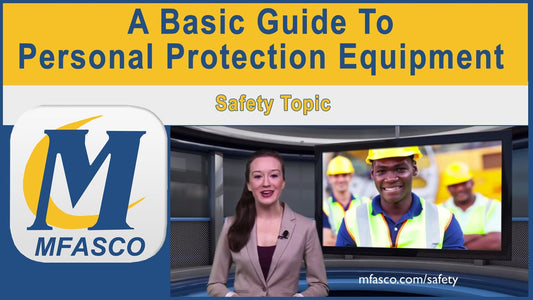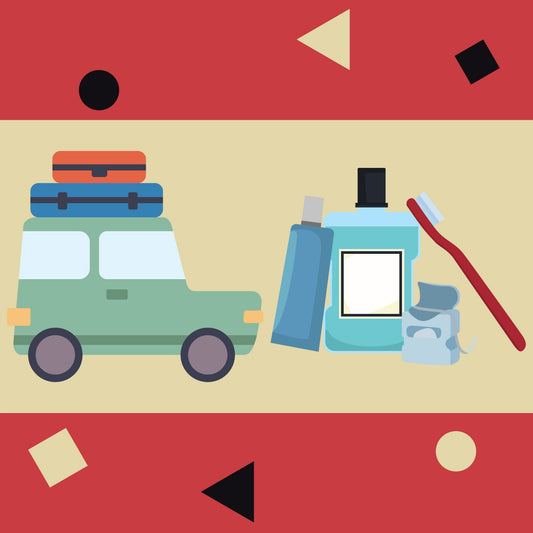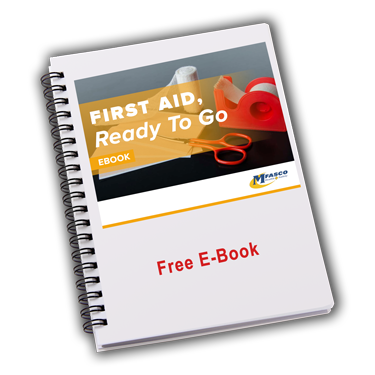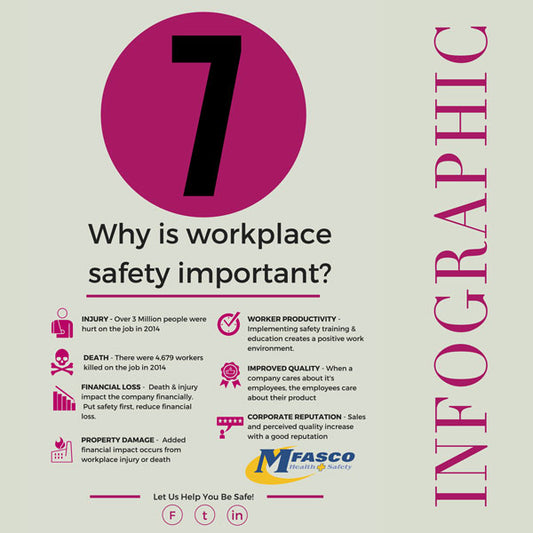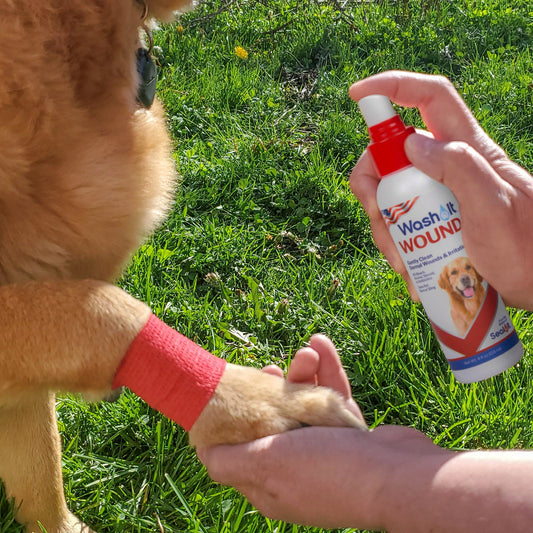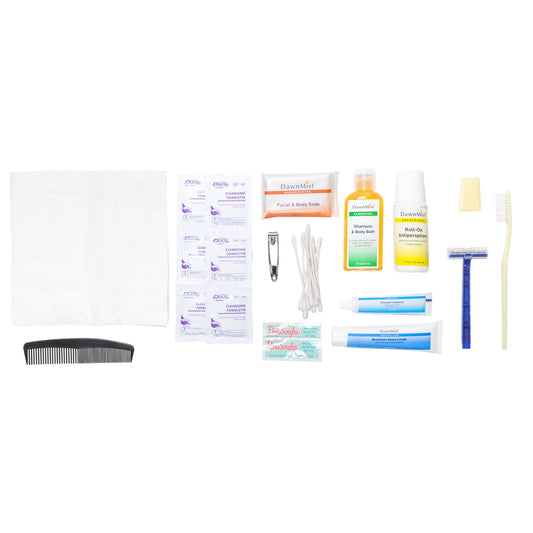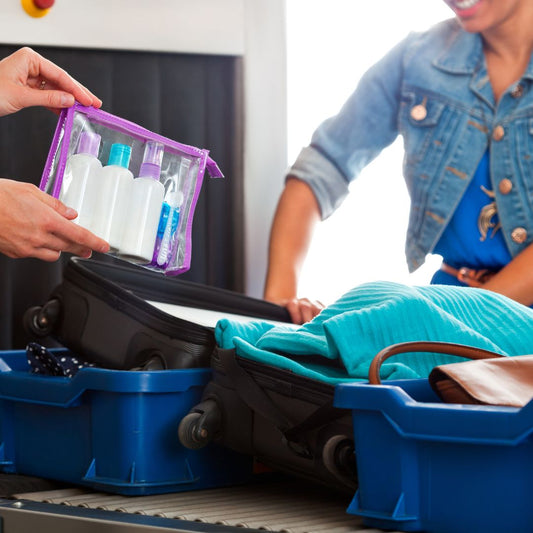Adhesive Bandage Dressing Basics
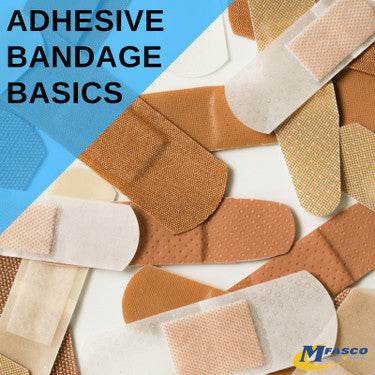
When it comes to wound care, the most important goal is to stop bleeding and prevent infection. Infected or deep wounds that won't stop bleeding need immediate medical attention. The “self-care” method for wound care usually involves applying an adhesive bandage dressing, also known as a strip bandage dressing or the brand name “Bandaid®” coined from Johnson & Johnson. In some parts of the world, they are known as adhesive plaster strips.
With many different types of adhesive bandage dressings to choose from, how do you know what is best for you? Consider these 4 questions when deciding what type of adhesive bandage dressing is best for you
Is a plastic or fabric adhesive bandage dressing better?
Depending on your application one material may be perform better. We have listed 4 types of materials commonly used with adhesive bandage dressings.
Plastic - The least expensive and most common is the plastic adhesive bandage. They are usually not as comfortable as fabric but they do help repel water and oils better than most materials.
Fabric - The most comfortable, these are flexible and contour to your body better than plastic adhesive bandages. They do not work well in wet conditions.
Foam - A newer material, foam adhesive bandages are the best of both worlds for comfort and durability in wet or dry conditions. 3M ActiveCare bandages are a common brand using this foam technology.
Tricot - Made of plastic-type material, cloth fibers are woven within the plastic, making this a very strong adhesive bandage dressing. You won’t find them in stores as they are generally used in manufacturing and other commercial settings.
What shape and size of adhesive bandage dressing should I use?
You may think this is a silly question but the shape and size of the adhesive bandage dressing can determine how well it stays on. Fingers and knuckle adhesive bandages have unique shapes that are designed to fit around your fingers and knuckles. A better fit usually means a better stick. Most basic first aid kits will have either an assortment of bandage shapes and sizes. For larger industrial kits, individual boxes of knuckles, finger, strip, and even patch adhesive bandage dressings are standard. We've created a "Bandaid Size Chart" infographic that shows all of the different types of adhesive bandage sizes and shapes.
Will this bandage be used in food service?
If you work in the food industry, you know that bright blue is not a natural food color. This is why there are specially designed blue adhesive bandages offered in a variety of sizes and shapes including strips, finger and knuckle bandages for restaurants and food manufacturers. If the dressing ever falls off, blue can easily be found in the kitchen or during the manufacturing process. Many of these adhesive bandage dressings are also metal-detectable. Food manufacturers use metal detectors within the manufacturing process to prevent metal from contaminating the food. Many blue adhesive bandages include a thin metal strip tucked between the gauze pad and adhesive material, allowing them to be detected if they were to come off a worker.
Do adhesive bandages contain latex?
Yes and no. Some manufacturers use latex as part of their adhesive material. Some even use latex to seal the bandage inside the wrapper. Generally speaking, if you see a white residue on your skin, there is latex contained in the adhesive. Currently, most modern bandages are latex-free and use ingredients like acrylic in their new adhesives. The sticky part of the bandage looks clear. Most manufacturers are clearly labeling their adhesive bandage dressings so consumers are aware of the potential hazard. As a rule, latex-sensitive users should always read the product description or packaging to determine if the product is latex-free.
MFASCO Bandaging & Applications to Treat Injuries
Just about everyone has experience with bandages, which speaks volumes about their usefulness. If you’ve ever wanted a bandage but didn’t have one (or had the wrong kind), you know how much convenience they provide. It only takes a few moments to learn about and order the best type of bandage for you. Then you can quickly return to not worrying about it again. It’s a lot like having a bandage when you need it--a little preparation goes a long way.
Adhesive Bandages & Dressings:
Adhesive Bandage Supplies
Bulk Bandage Supplies
Antiseptic Supplies
Additional Resources for Hygiene Kit Supplies:
Bandaid Size Chart
7 Things You Should Do When You Get
A CutSupply List for First Aid Kit
Contributing Expert

Mike Brinker
Mike Brinker has been working in the first aid industry for over 35 years. He has worked with thousands of businesses,groups, and organizations to provide a healthy and safe work environment. Mike helped create “Make-A-Kit”, the internet's only online first aid kit creation tool. He has also authored many helpful first-aid and safety-related resource articles found at the MFASCO Learning Center.

